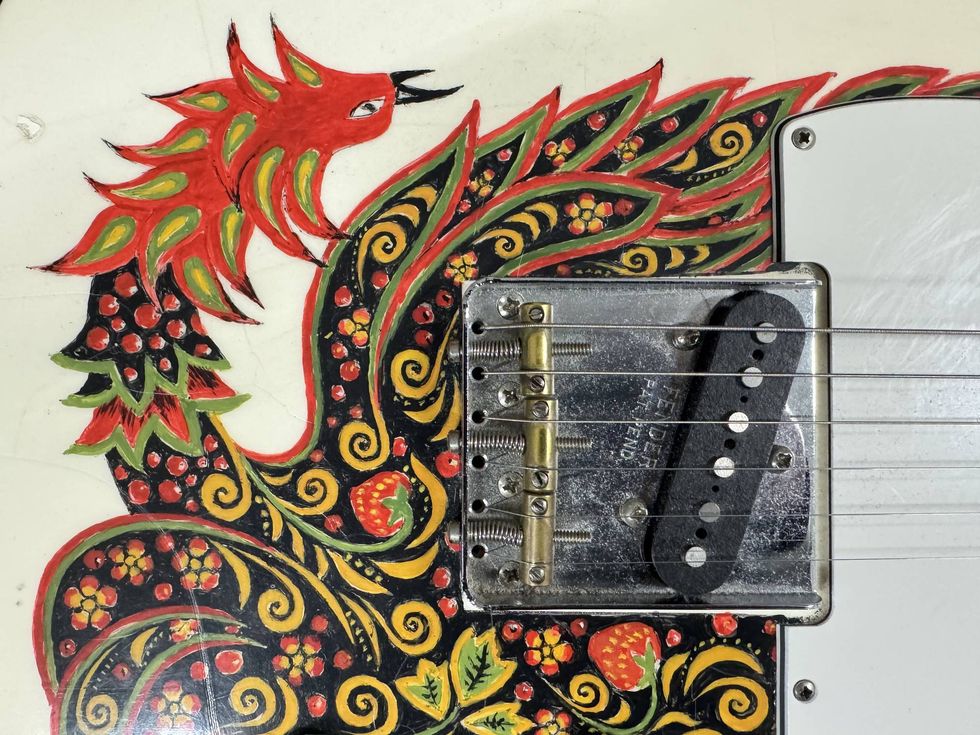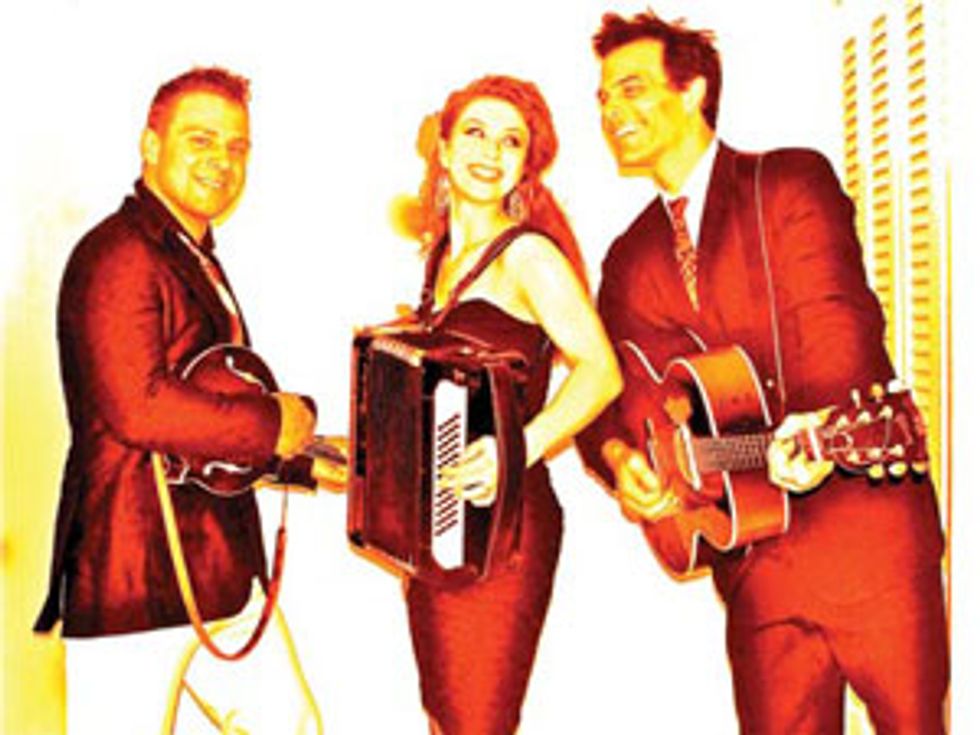 The Tennessee Hot Damns began as art for art's sake, but our DIY
attitude has helped us garner label offers and other opportunities. For
ideas on ways to promote your own projects, check out our Facebook
page and YouTube channel.
The Tennessee Hot Damns began as art for art's sake, but our DIY
attitude has helped us garner label offers and other opportunities. For
ideas on ways to promote your own projects, check out our Facebook
page and YouTube channel.What do you call a person who sells 100,000 CDs independently? A millionaire. Regrettably, I don't know how they do that, but I imagine it involves clever marketing, hard work, and lots of luck. That said, if you're a musician who wants to advance your career, cutting your own album might help get you to the next level, though big sales are rarely the biggest benefit. Here's the story of the CD I cut a few months ago—and the happy results.
When my wife, Megan Mullins, broke up with her record company a few months ago, we saw it as an opportunity rather than an end. Without a label saying she needs to wait—“Let's wait until the radio playlist has opened up" or “Let's try another producer" or “Let's hold off until the country music radio seminar next year“—she could finally get a CD out there.
First we looked through songs in our catalogs to find the best contenders. Songs selected, we enlisted Megan's brother Marcus to give the project a fun, band vibe, and then immediately began recording in my living room with my small Pro Tools rig, playing live to drum loops. One week later we had 12 songs recorded and mixed, and remixed, and remixed again, and again.
Next we did a goofball photo shoot in our foyer using a consumer-grade camera taped to a tripod. The pictures looked pretty cheesy until the three of us began jacking with them on Photoshop. We did not know what we were doing—just pushed buttons until it looked like an Andy Warhol painting.
We then came up with a band name that seemed to go with the music and images: The Tennessee Hot Damns—named for our state of residence and the nasty cinnamon-spiked booze that fueled some of our recording sessions. After determining the band name was not being used, we claimed it with a Facebook page, YouTube channel, ReverbNation page, Twitter account, and a website through WordPress.
Once we had the web spots secured, I taped a flip video cam to our broken tripod and then shot a few quick live videos of us playing some of our songs and covers in the same foyer. We posted them on our YouTube channel, linked them to our Facebook page, and then linked the band's Facebook page to our individual Facebook pages. Total budget thus far: $ 00.00. It was time to spend some dough-re-mi.
I contracted a company to print 1,000 CDs. I don't want to mention the name because that reeks of shilling for the man. Let's just say it was a big company that's been in business a long time, does good work, and has a media package that gets music on many of the online outlets like iTunes, Amazon, CD Baby, etc. Many companies offer CD reproduction at very affordable rates today, but this media package appealed to my impatient nature. Perhaps I could have found a better deal, but I would have wasted days scouring the net and maybe have saved $50. Regardless, it's a fairly affordable way to get 1,000 CDs—or drink coasters, depending on sales.
One has to be realistic about CD sales. On the good live gig with roughly 100 people actually listening to your set, you will be lucky to sell 10 to 20 CDs. In a half empty bar of indifferent strangers, your sales will hover around the embarrassing 3 to 0 mark. At that rate, it's going to take a long time to burn through those four full boxes of CDs stacked in your garage. But ultimately, it is about promotion more than sales. Sell what you can to offset cost, but be ready to give most of them away—that's how you advance your career.
Give your CD to anybody who may help you advance your career!
Give it to venue bookers. Having your own CD will get you work (if it's well done). Venues need to hear you before they hire you. This makes you look like a pro.
Give it to people who work in the film, television, or music industry. I sent our CD to Dave Bennett and William Shockley, the team who produced Megan's last label video for the CMT and GAC networks. William loved one of our songs and added it to the soundtrack of ThriftStore Cowboy, a film currently in production with an incredible cast and a soundtrack with Kix Brooks, Travis Tritt, Tracy Lawrence, and others. More important than the money from the soundtrack, an endorsement like this legitimizes our work.
Give it to other artists who may cut your songs. They may ask you to open shows for them or give you glowing tweets. Megan plays in Jamie Lynn Spears' band (Britney's talented little sister). Jamie Lynn tweeted that she loves Megan's CD. Some of her quarter-million twitter followers became Hot Damn followers. This doesn't translate into money, but promotion eventually can become income.
The promotion worked for us. The Hot Damns have an offer from a small label to release our album and an invitation to showcase for a major label. We've gotten some good press and more gig offers. A major artist is considering cutting one of our songs. Best of all, we've had fun playing our music. It began as art for art's sake but led to some recognition and opportunities. Don't wait for a label to discover you—get your work out there and see where it takes you.
John Bohlinger is a Nashville multi-instrumentalist best know for his work in television, having lead the band for all six season of NBC's hit program Nashville Star, the 2011, 2010 and 2009 CMT Music Awards, as well as many specials for GAC, PBS, CMT, USA and HDTV.
John's music compositions and playing can be heard in several major label albums, motion pictures, over one hundred television spots and Muzak... (yes, Muzak does play some cool stuff.) Visit him at youtube.com/user/johnbohlinger
or facebook.com/johnbohlinger and check out his new band, The Tennessee Hot Damns.






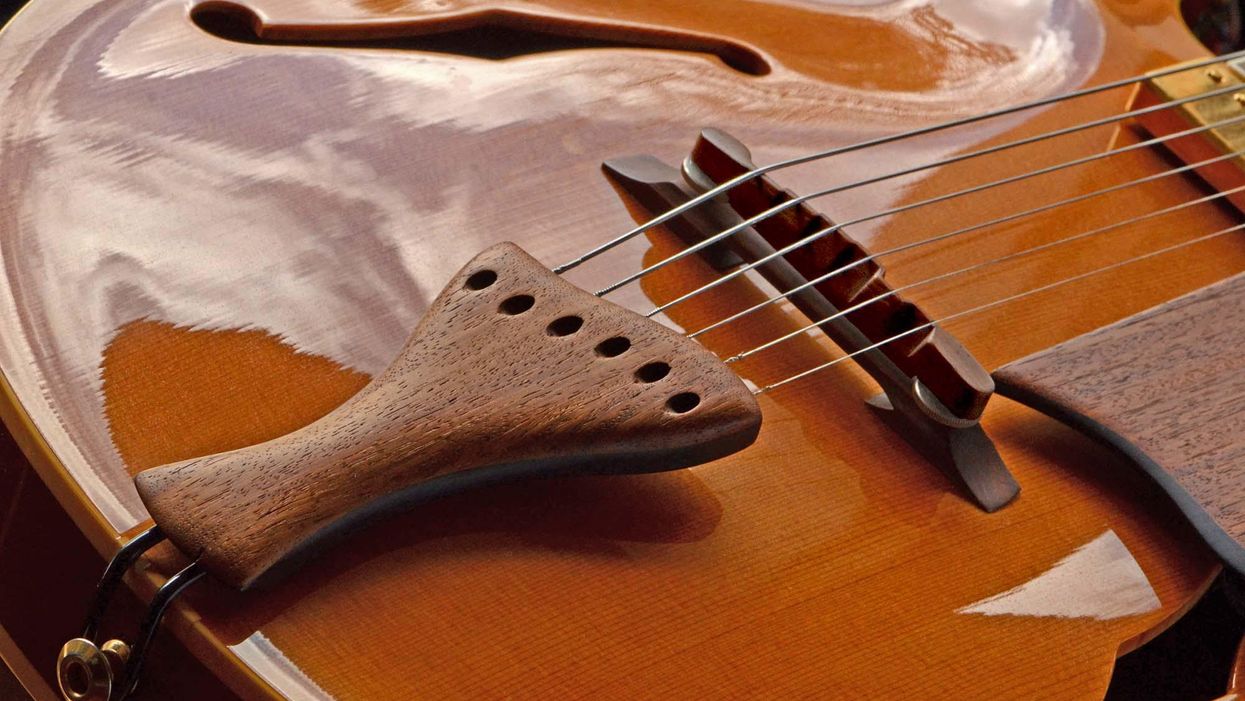
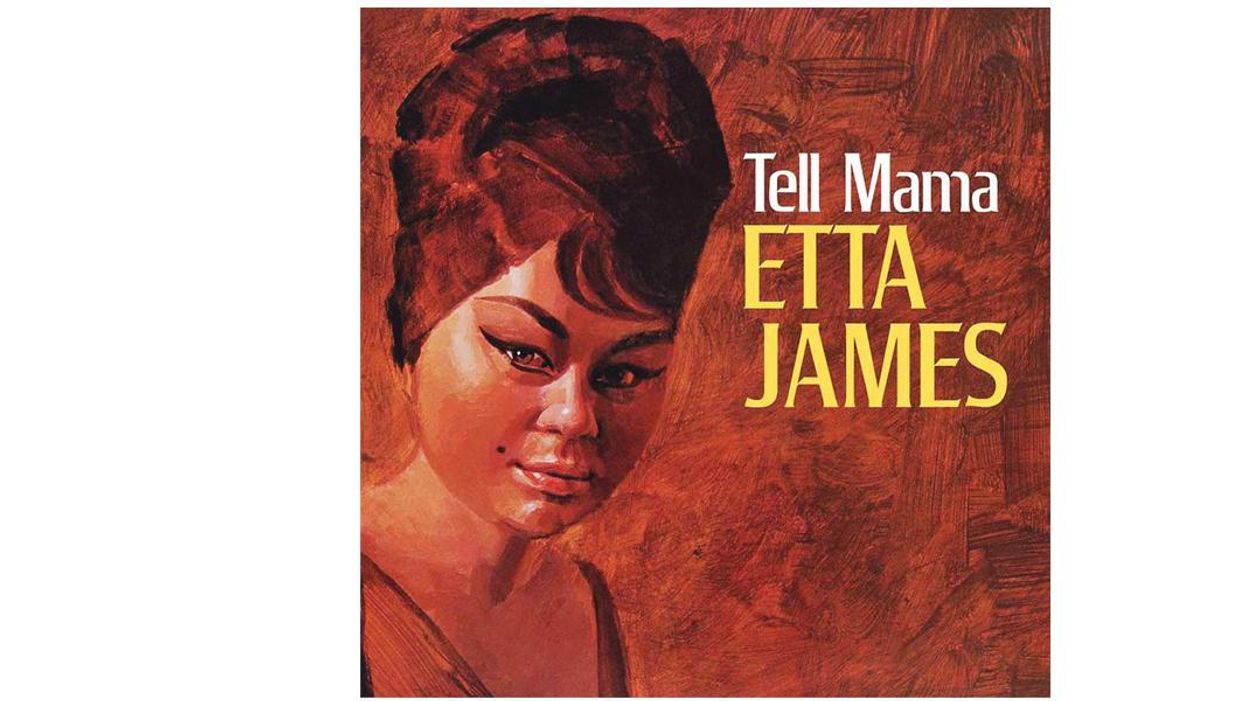
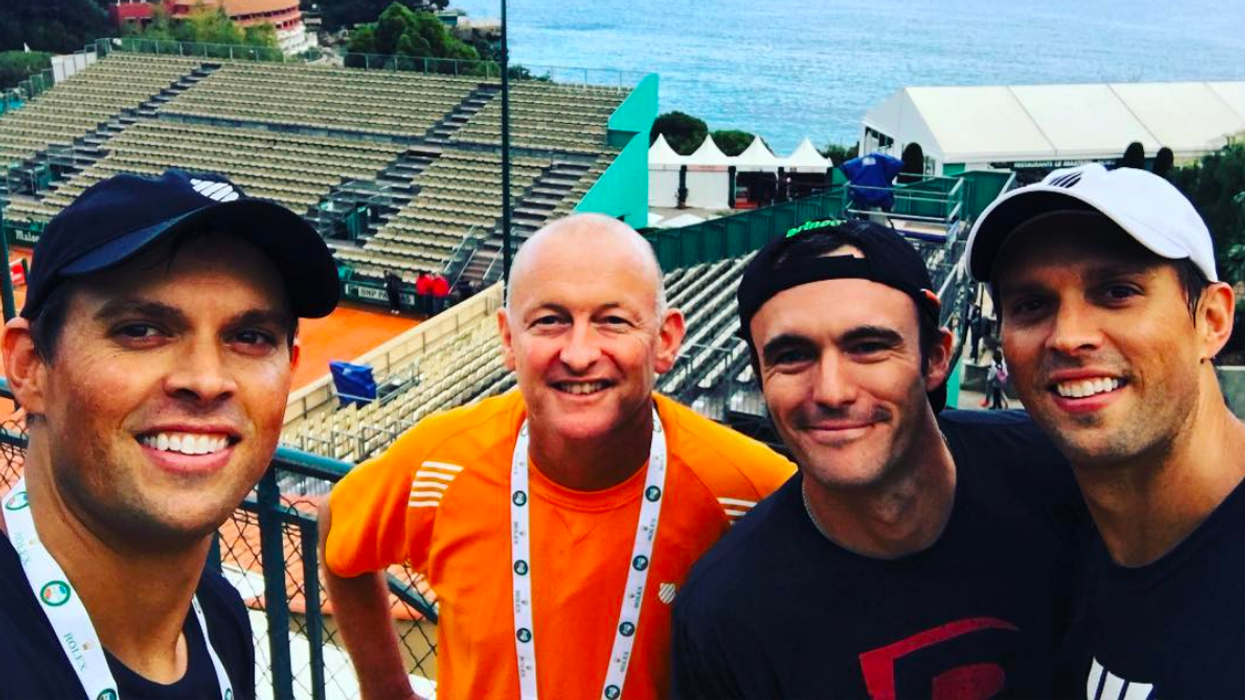

![Rig Rundown: Russian Circles’ Mike Sullivan [2025]](https://www.premierguitar.com/media-library/youtube.jpg?id=62303631&width=1245&height=700&quality=70&coordinates=0%2C0%2C0%2C0)





